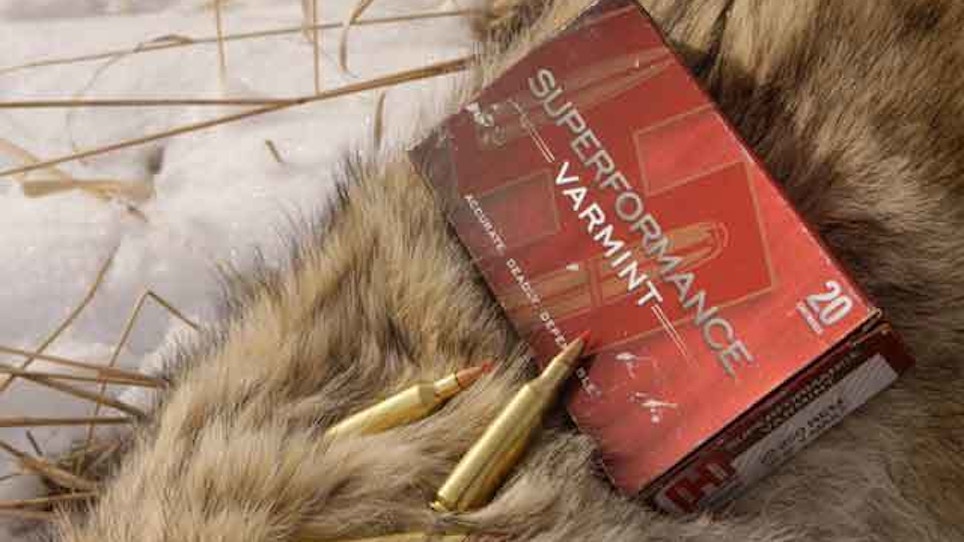Many of you have already been shuffling furs from the skinning shed to buyers across the country as spring settles upon the nation. Trapping and shooting fur for a living has become a trade only a few can survive at today with markets that fluctuate more than the current Dow Jones Industrial. Nevertheless, you can still make a few extra bucks by selling furs that you’ve trapped or shot during weekend outings.
How much are you going to make in 2015? The answer to that question depends on when you sold or will be selling your fur. Like all commodities, the market fluctuates up and down based upon economic, social and even political landscapes across the globe. The red fox you trapped in Ohio may not fetch as much this year because of what’s occurring in Eastern Europe (Ukraine conflict) or some other polarizing region of the world.
The fur market is global. Americans who didn’t blink an eye about using fur 60 or 70 years ago have had a change of heart. Most of that change of heart doesn’t make sense in the world of nature and the wise use of renewable resources. Attacks on fur come from the extreme side; enough said. Fortunately, other parts of the globe embrace fur. The two primary countries that purchase much of the raw fur that hits auction are China and Russia with Korea close behind. European markets also shine. Unfortunately, those markets also fluctuate, but for a couple of years they’ve been stronger than expected. Like all markets, the fur market is again on a roller coaster ride.
Fur sales in January, February and projections in March; don’t have the rosy outlook they did in past years. Why? Much of the blame falls on politics this year and it centers on Russia as tensions boil in nearby Ukraine. Sanctions against Russia for their involvement in Ukraine, along with a crashing Russian economy, have softened the fur market in the region. China’s economy isn’t nearly in such dire circumstances, but reports from China indicate that fur buyers have been targeted for failure to pay taxes on furs, plus the country is sitting on a large inventory.
Trapping Today, a popular website to keep trappers informed, posted an article reviewing the global perspective on fur prices. Here’s their take.
"In short, fur prices are way down for most species. We won’t know how low they will go (or if they will rebound) for other species until the major spring fur auctions. So why is the fur market down? The greatest factor seems to be Russia. The recent economic collapse in the country (due to tanking oil prices) and the falling value of the ruble (Russian dollar) really put a hit on the country’s buying power. Russia consumes most of the utility fur articles, including most of the raccoon pelts that U.S. trappers produce. In addition to Russia’s woes, other countries like China still have a lot of last year’s fur garment inventory unsold, meaning there will not be huge demand for more fur until the current items are sold out. A cold winter in the East may be helping this along."
You can also read another perspective on fur prices from the preeminent fur mover, the North American Fur Auctions. Their outlook is a bit brighter for the March auction, but it’s definitely not on fire like the smartphone industry.
It’s unlikely the fur market will ever hit another heyday, but like the oil market, ups and downs are part of the norm. This year Russia may be dragging the market down and next year the conflict could be resolved with furs back in fashion in Moscow Square as money flows freely.






